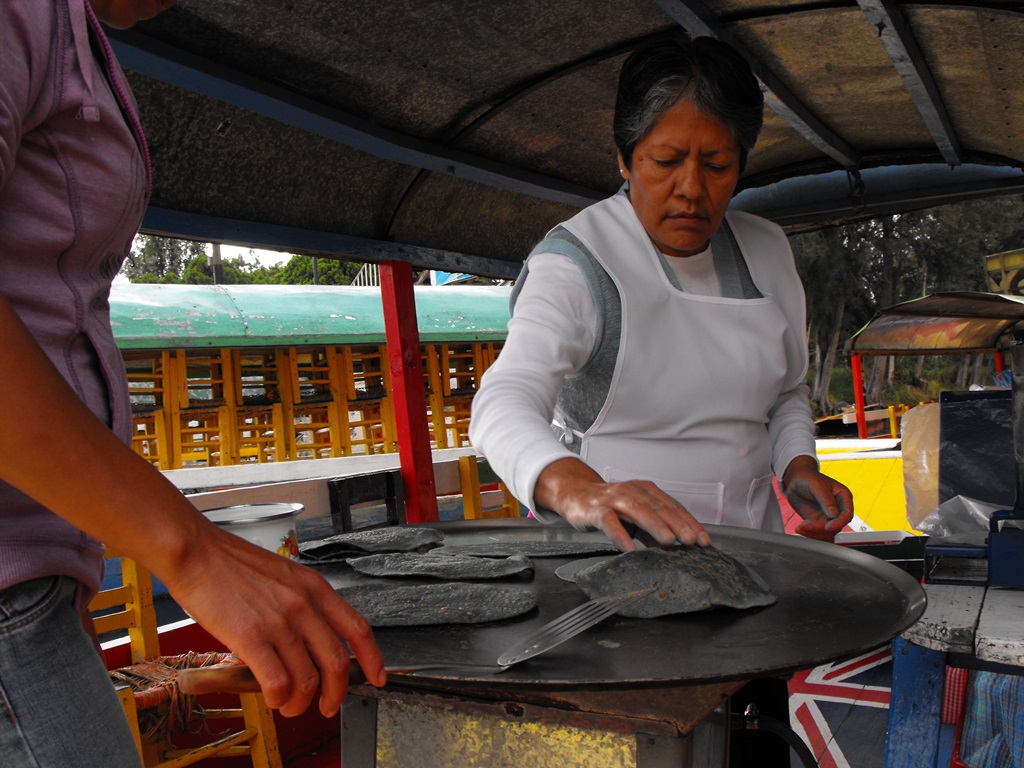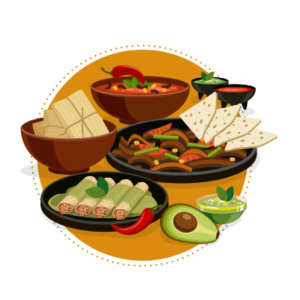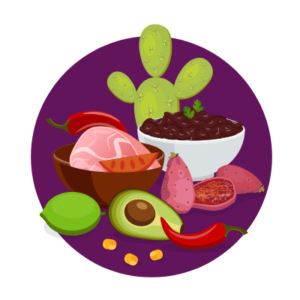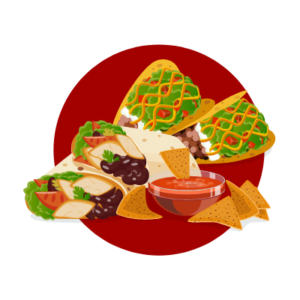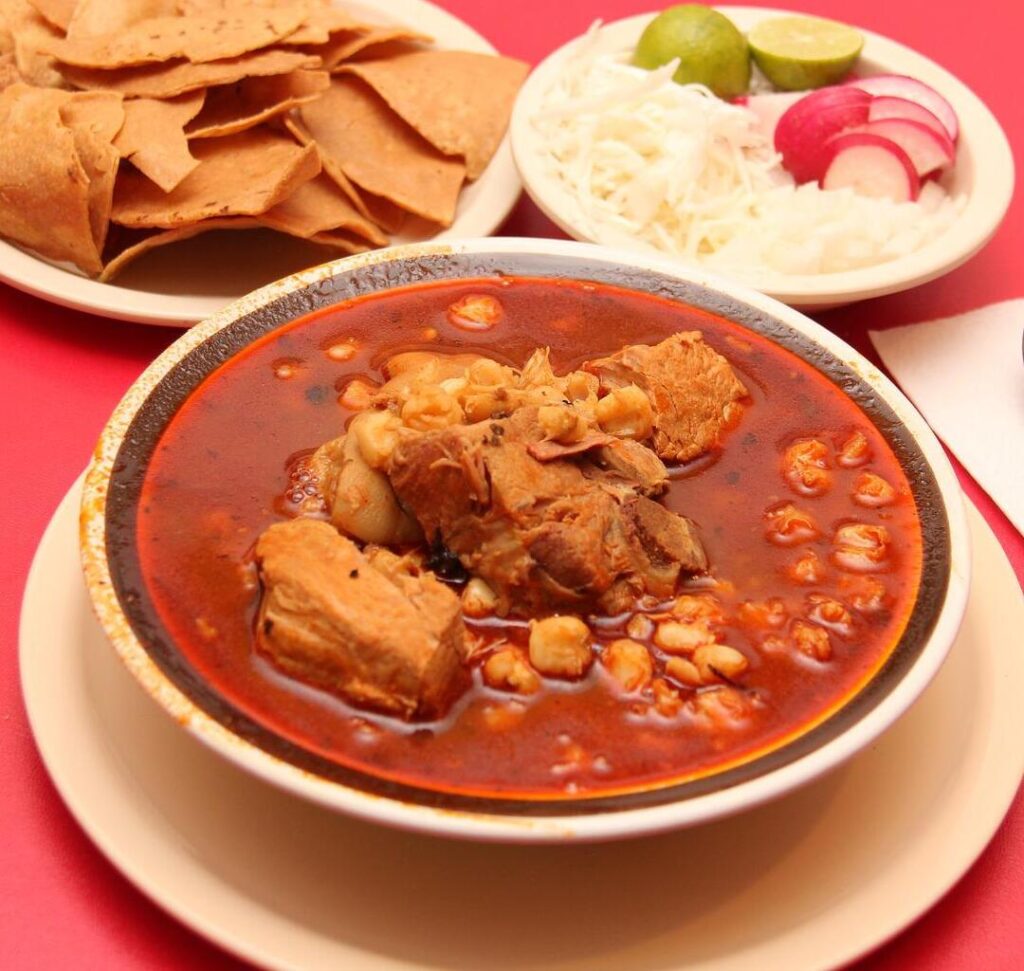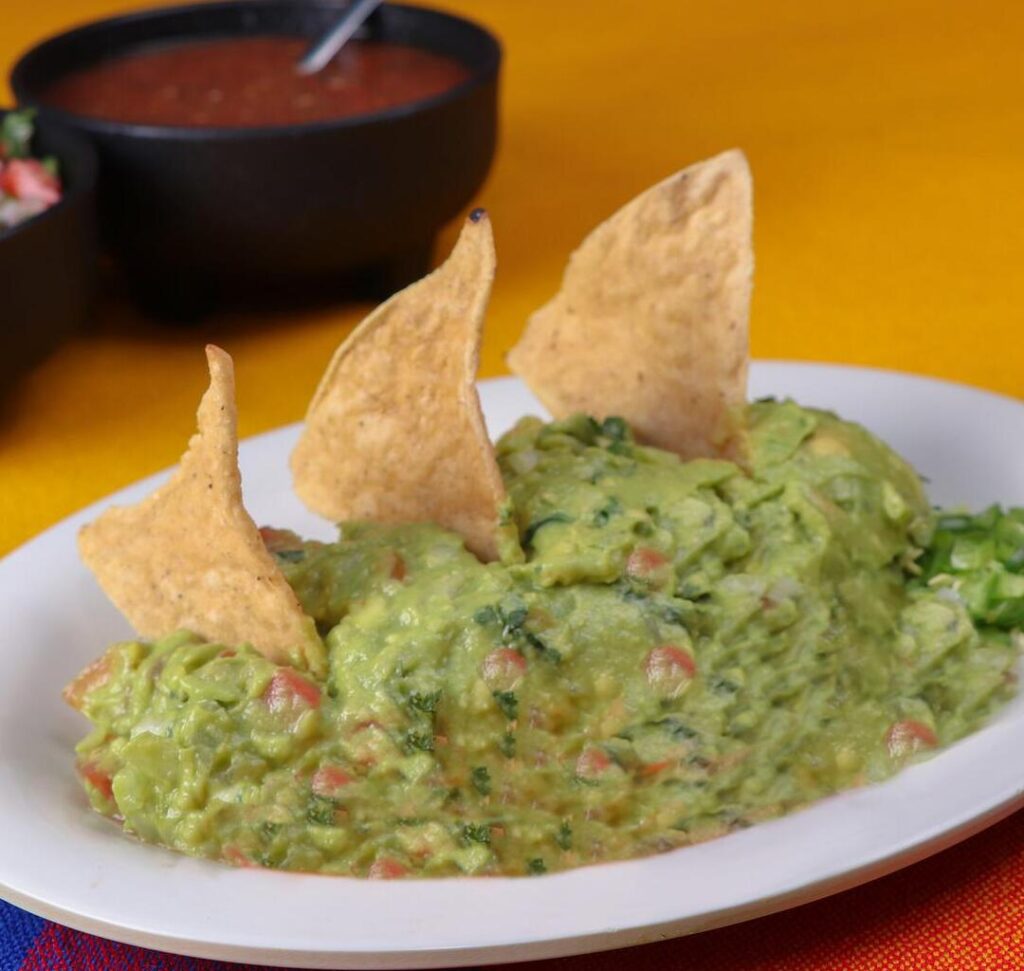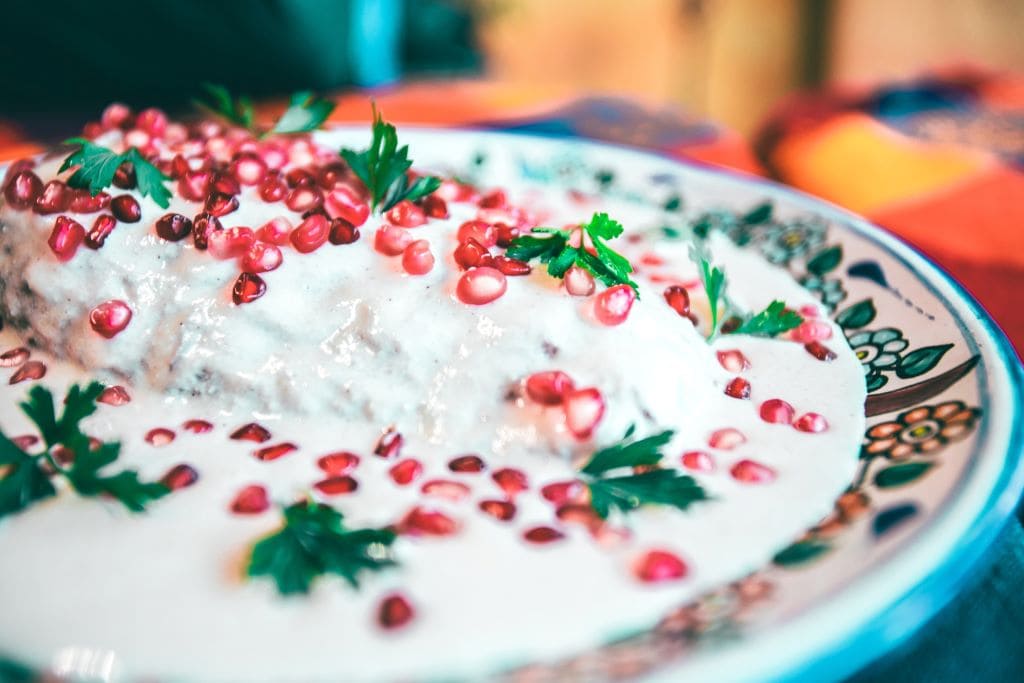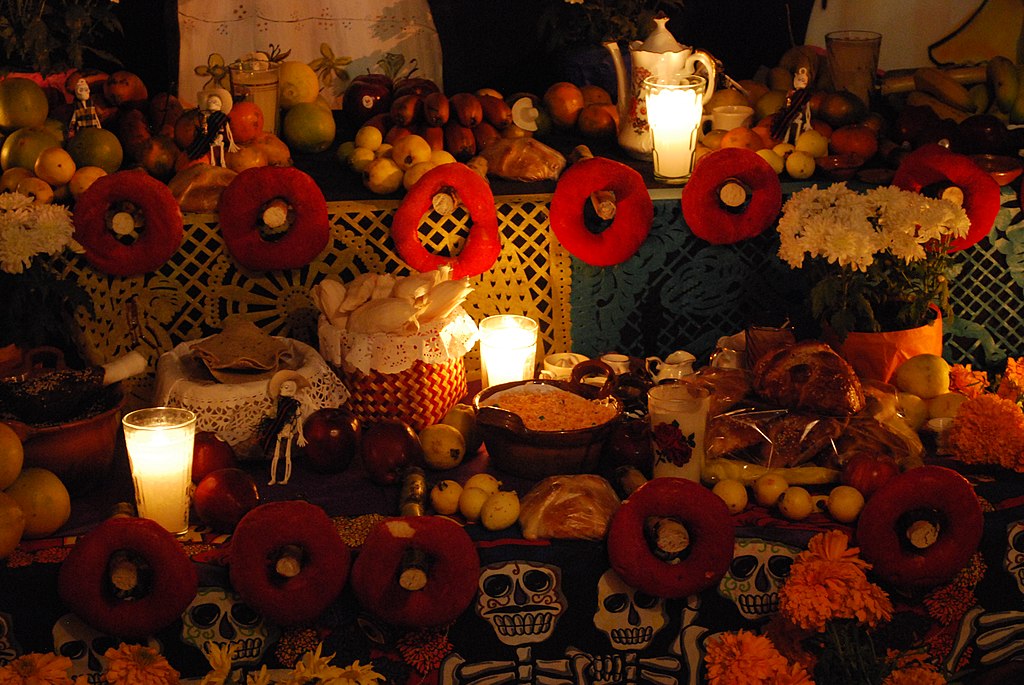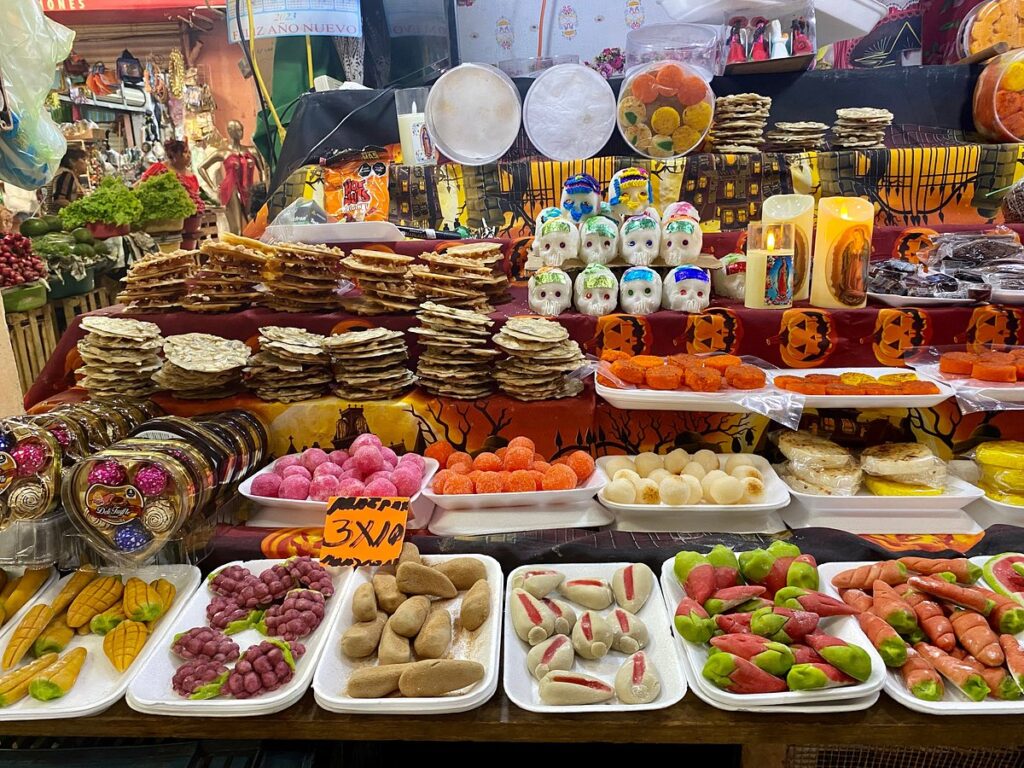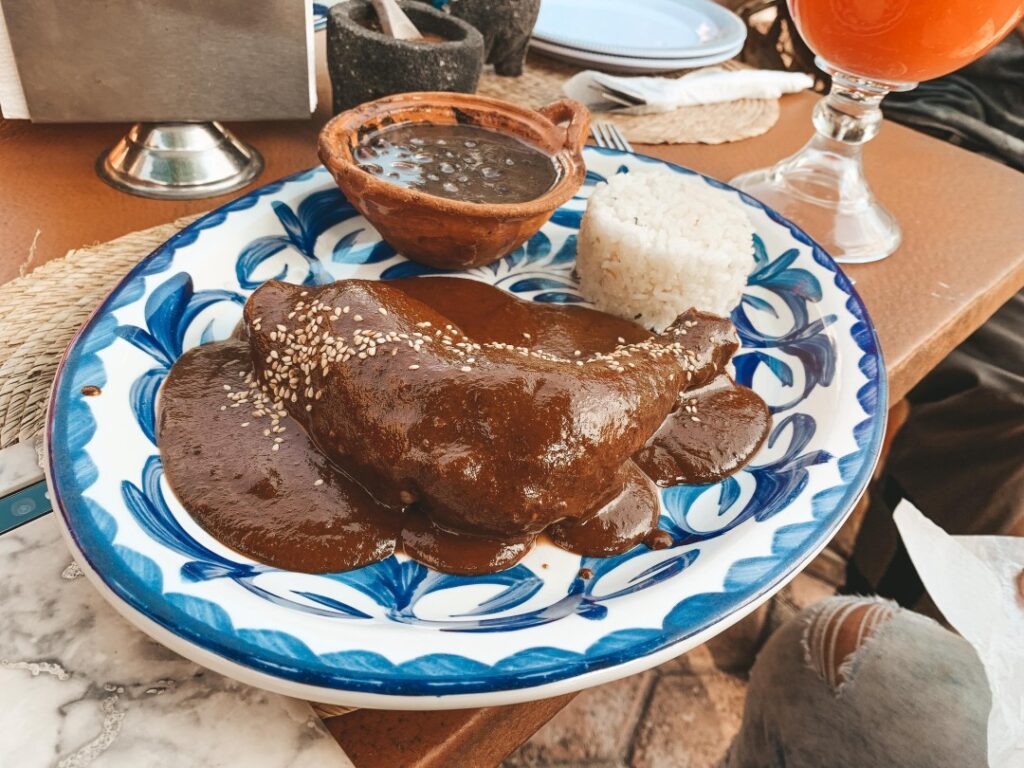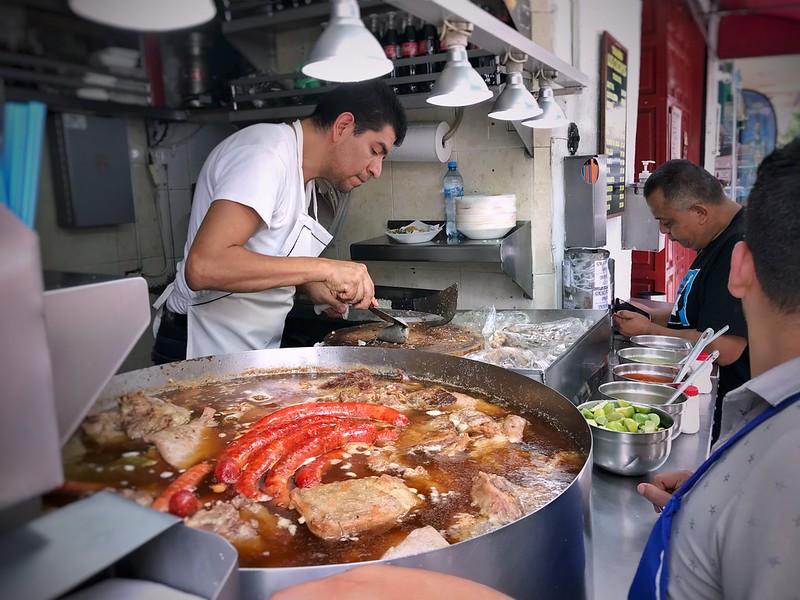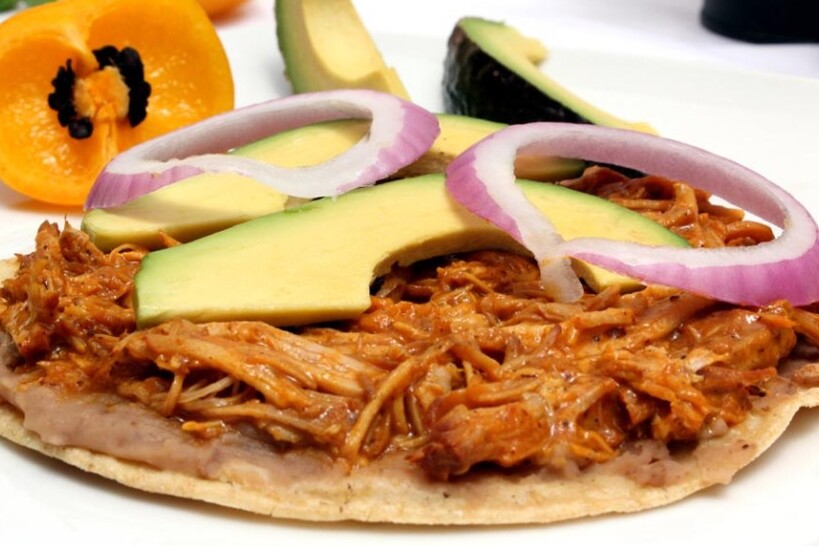Preserving Incredible Heritage: Mexican Food Traditions Explored
Mexican food traditions are a colorful tapestry woven with centuries-old practices, diverse ingredients, and cultural influences. These traditions reflect the soul of Mexico's culinary heritage, sharing a colorful variety of flavors, spices, and cooking techniques passed down through generations.
Let's start our delicious journey to explore the roots, stories, and unique essence behind Mexico's gastronomic legacy. ¡Buen Provecho!
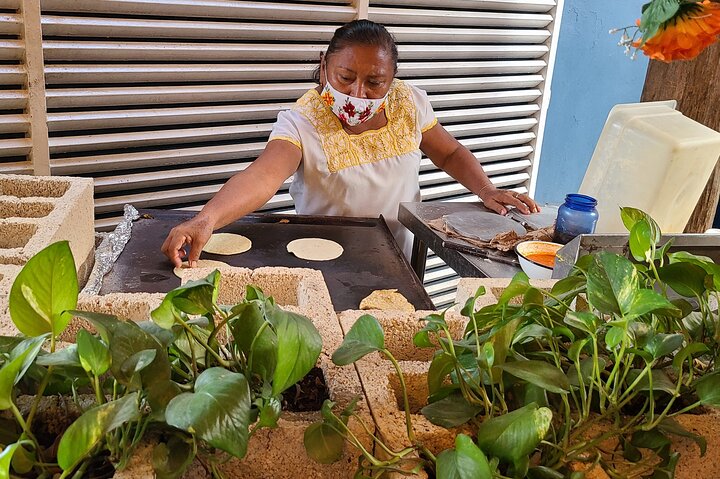
Contents
Mexican Food Traditions
Mexican cuisine is more than just tacos and burritos; it encompasses a rich and diverse culinary tradition that celebrates the country’s history and culture. From Cinco de Mayo to Day of the Dead (Día de los Muertos), Mexico’s food traditions are deeply rooted in religion, history, and regional diversity.
If you’re a foodie looking to explore Mexican cuisine, understanding the cultural context of these festivals and events is key. Each year, Mexicans mark important milestones and celebrate their heritage through food and drink. From mole poblano to chiles en nogada, each dish has an important meaning and reflects the unique cultural identity of its region.
In this article, we’ll explore Mexico’s most popular food festivals and traditions and how people celebrate them through food. We’ll discuss the history and cultural significance of dishes like tamales, pozole, and churros, and how they have evolved over time. Get ready to start your culinary adventure to tantalize your taste buds and provide insight into Mexico’s fascinating food traditions.
Cinco de Mayo: History and Significance
Cinco de Mayo, or the fifth of May, is a widely celebrated holiday in Mexico and among Mexican communities around the world. Contrary to popular belief, Cinco de Mayo is not Mexico’s Independence Day but commemorates the Mexican army’s victory over the French Empire at the Battle of Puebla in 1862.
The significance of Cinco de Mayo lies in the celebration of Mexican heritage and the country’s resilience in the face of adversity. It serves as a reminder of the Mexican people’s courage and determination to defend their land and independence.
Cinco de Mayo is often celebrated with parades, music, dancing, and, of course, food. Traditional Mexican dishes such as guacamole, salsa, and enchiladas are commonly enjoyed during these festivities. The incredible flavors and colors of these dishes reflect the spirit of celebration and pride that Cinco de Mayo represents. The food on this day is pretty similar to the one that is consumed on Mexican Independence Day (September 15).
Traditional Mexican Dishes for Cinco de Mayo
When it comes to celebrating Cinco de Mayo, traditional Mexican dishes take center stage. Each region of Mexico has its own specialties, but people commonly eat some of the most famous traditional dishes throughout the country during this festive time.
One such dish is mole poblano, a rich and complex sauce made with chocolate and chili peppers. You can eat mole poblano with chicken or turkey and is a staple at Cinco de Mayo celebrations. The combination of sweet, savory, and spicy flavors makes it a true crowd-pleaser.
Another popular dish for Cinco de Mayo is chiles en nogada. This festive dish consists of roasted poblano peppers stuffed with a mixture of ground meat, dried fruits, and nuts. The peppers are then topped with a creamy walnut sauce and garnished with pomegranate seeds, creating a dish that is as visually stunning as it is delicious.
Tamales are also a staple during Cinco de Mayo. These steamed corn masa pockets filled with various fillings, such as shredded chicken or pork, are wrapped in corn husks and cooked until tender. Tamales are a labor of love, often made in large quantities and shared with family and friends during this special time.
Day of the Dead (Día de los Muertos): Meaning and Customs
Day of the Dead, or Día de los Muertos, is one of Mexico’s most iconic and widely celebrated festivals. It is a time when families come together to honor and remember their deceased loved ones. The festival lasts for three days, starting on October 31st and ending on November 2nd.
Unlike Halloween, which is often about fear and fright, Día de los Muertos is a joyous celebration of life and death. Mexican people believe that during this time, the souls of the dead return to earth to be with their families. Altars, or ofrendas, are set up in homes and cemeteries to welcome and honor these souls. As you can see, Mexican food celebrations are here to touch our hearts and souls forever.
Traditional Foods and Offerings for the Day of the Dead
Food plays a central role in the Day of the Dead celebrations. Families prepare elaborate meals and offerings to entice the spirits of their loved ones. Pan de muerto, or bread of the dead, is a sweet bread that is often on the altars as an offering. The bread has a special form, like a skull or crossbones.
Calaveras de azúcar, or sugar skulls, are another iconic symbol of the Day of the Dead. These colorful and lovely skulls have sugar and are the names of the ones that are no longer here on Earth. People put them on the altars as a reminder of the cycle of life and death.
Other traditional foods enjoyed during the Day of the Dead include tamales, atole (a warm corn-based drink), and mole. These dishes are all about love and care, using traditional recipes that have been here for generations. They are a way for families to connect with their ancestors and keep their memories alive.
Other Mexican Food Festivals and Celebrations
While Mexican Independence Day, Cinco de Mayo, and Day of the Dead are perhaps the most well-known Mexican food festivals, there are many others worth exploring. From the Guelaguetza in Oaxaca to the Feria Nacional del Mole in San Pedro Atocpan, Mexico is home to a wide variety of culinary celebrations.
The Guelaguetza, held every July in Oaxaca, is a festival that showcases the state’s indigenous cultures through music, dance, and, of course, food. Traditional dishes such as tlayudas (large tortillas with various ingredients) and mezcal (an alcoholic beverage) are the favorites during this stunning celebration.
The Feria Nacional del Mole, in San Pedro Atocpan, is a festival of 100% mole, one of Mexico’s most awesome sauces. Mole enthusiasts from all over the country gather to sample different varieties of mole, attend cooking demonstrations, and celebrate this iconic sauce.
Mexican Street Food: A Culinary Exploration
No discussion of Mexican food festivals would be complete without mentioning the fascinating street food culture that permeates the country. From taco stands to food carts, Mexican street food is a culinary adventure waiting for you.
Tacos al pastor, a popular street food dish, consists of marinated pork cooked on a vertical spit and served in a warm tortilla. People add to the meat pineapple, onion, and cilantro, creating a delicious combination of flavors and textures.
Another street food favorite is elote, or Mexican street corn. Grilled corn on the cob is slathered with mayonnaise, sprinkled with chili powder, and garnished with lime juice and crumbled cheese. It’s a sweet, savory, and tangy treat that perfectly captures the essence of Mexican street food.
Mexican Food Traditions and Regional Specialties
Mexico’s culinary traditions are as diverse as its landscape. Each region has its own unique dishes and flavors that reflect the local ingredients and cultural influences.
In the Yucatan Peninsula, for example, Mayan cuisine is still prevalent. Traditional dishes such as cochinita pibil (slow-roasted pork marinated in citrus juices and achiote paste) and poc chuc (grilled pork marinated in sour orange juice) are enjoyed in this region.
In the northern states of Mexico, cattle ranching has had a major influence on the local cuisine. Asado de Puerco (pork stewed in a spicy red chili sauce) and cabrito (roast goat) are popular dishes in this region.
Conclusion: The Magical Spell of Mexican Food Traditions and Festivals
Mexican food is more than just sustenance; it is a reflection of the country’s history, culture, and identity. The ingredients, flavors, and techniques used in Mexican cuisine tell a story of conquest, migration, and the blending of cultures.
The use of corn, for example, dates back thousands of years to the indigenous civilizations of Mexico. Corn is not only a staple in Mexican cuisine but also a symbol of cultural identity and resistance. The cultivation and consumption of corn have played a crucial role in preserving traditional Mexican foodways.
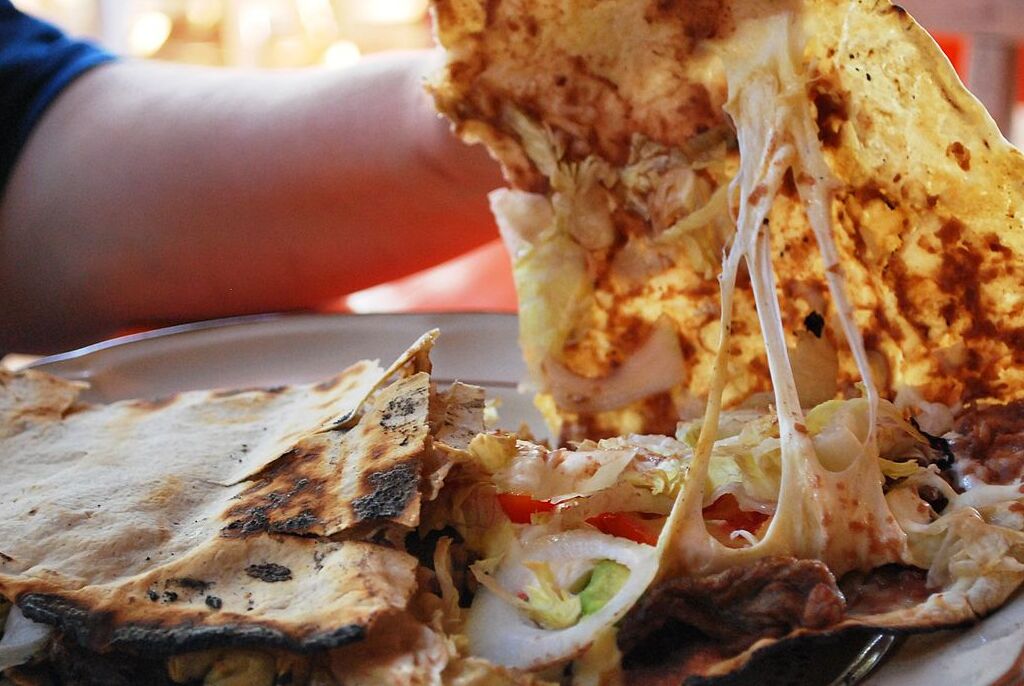
The Spanish during the colonial period, gave spices such as chili peppers and chocolate, which became integral to Mexican cuisine. They add depth of flavor and complexity to dishes, creating a unique culinary experience that is distinctly Mexican.
Exploring Mexican food traditions and festivals is not only a delicious journey. It is also an opportunity to delve into the rich tapestry of Mexico’s history and culture. From the impressive celebrations of Mexican Independence Day to the heartfelt remembrance of the Day of the Dead these festivals provide a window into the soul of a nation.
By understanding the cultural significance of Mexican dishes and embracing the regional specialties, we can gain a deeper appreciation for the flavors and stories behind the food. So, whether you’re tasting some street tacos or preparing a traditional mole, remember that each bite is a celebration of Mexico’s culinary heritage.
